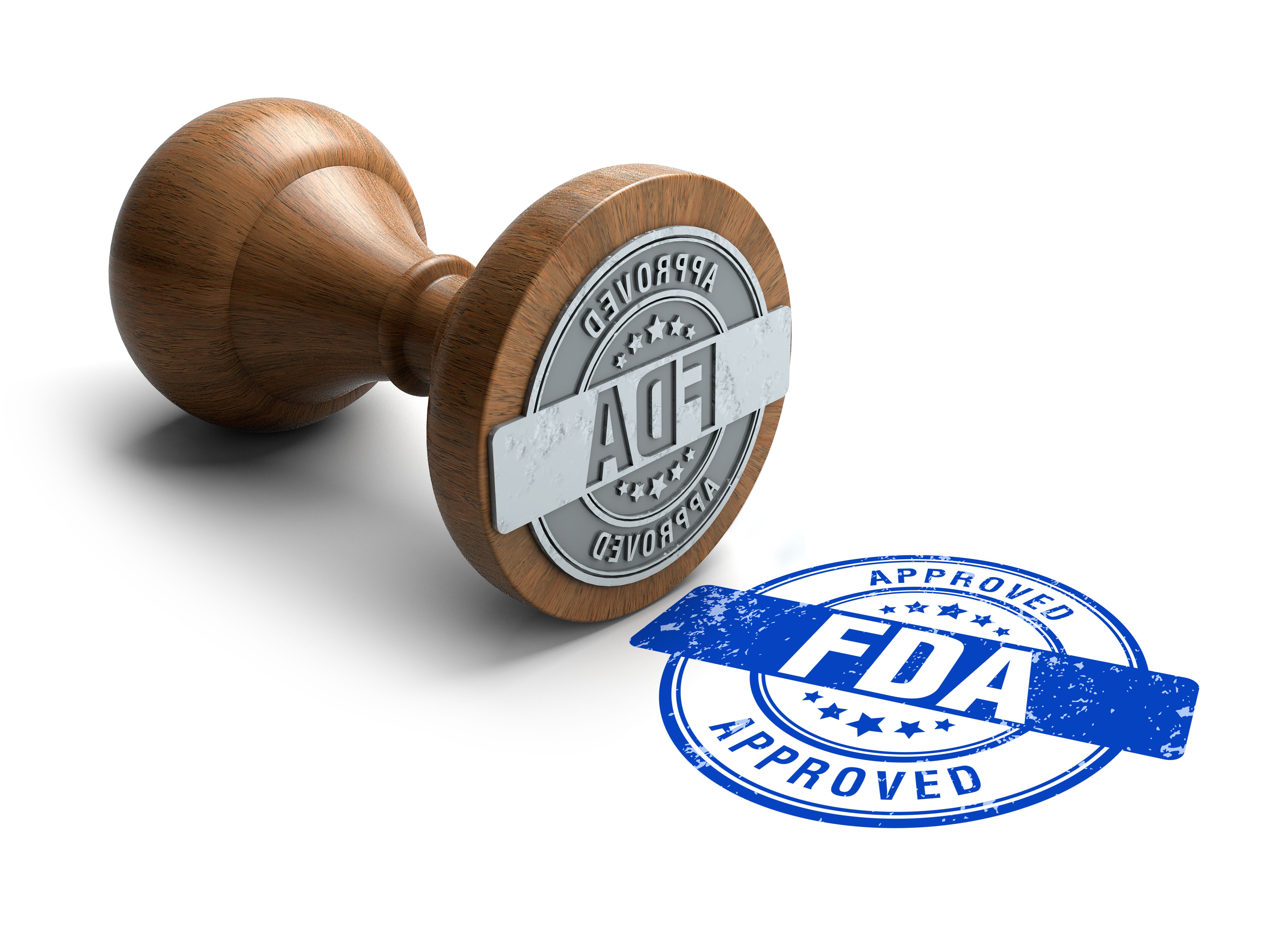Article
Gottlieb Calls on Payers to Share Data to Aid Drug Innovation
Author(s):
During remarks at the National Comprehensive Cancer Network Policy Conference, FDA Commissioner Scott Gottlieb, MD, called for more data sharing and explained how the FDA is working to modernize the clinical trial process.
The FDA is working to modernize the clinical trial process in order to answer the right questions about today’s innovative cancer drugs, but regulators need help from payers—or, more precisely, from their data, according to FDA Commissioner Scott Gottlieb, MD.
Gottlieb called for more data sharing during remarks at the National Comprehensive Cancer Network Policy Conference, taking place in Washington, DC, on June 25. The commissioner covered 4 policy areas he said were linked by “the need to modernize drug development to harness the full medical potential of this rapidly advancing science, while ensuring that innovation remains affordable for patients.”
He added that patients will not benefit from outdated regulatory frameworks that keep life-saving drugs off the market, while stretching out the process and making drugs more expensive. While FDA does not have direct authority over drug costs, Gottlieb said a different approach can take time and costs out of the approval process, while promoting competition and encouraging generics and biosimilar development.
“If FDA-approved drugs are priced out of reach of patients, then the full benefits of innovation won’t be realized,” he said.
He discussed:
- Steps FDA is taking to modernize the clinical trial process in light of the rise of targeted therapies, which are given to select patients based on biomarkers and often bring more robust responses;
- How to harness real-world data in regulatory approaches, to answer questions about how patients respond to drugs over time;
- How FDA is working with payers and providers to “leverage” real-world evidence to answer questions that payers want to know, such as whether a therapy keeps more patients out of the hospital; and
- Why this approach calls for payers to provide “more open access to the significant amount of data that they have.”
Over the past 20 years, as both cancer therapies and survival rates have improved, more patients are matched to drugs in trials based on “tumor biology,” Gottlieb said. This has allowed the FDA to approve drugs based on smaller trials with fewer patients, and also “leapfrog” from phase I studies directly to later phases. Oncology accounts for more Breakthrough Therapy designations than any other therapeutic area, including 50% of all designations granted since 2013.
As a result, he said, “We had to ask ourselves some hard questions: What should we do, for example, guided both by ethics and science, when a new drug in a heavily pretreated group of terminal cancer patients, is in a phase I study where it shows a dramatic response in more than half of these patients?” Gottlieb also asked: how are patients randomized in phase II based on that result?
While some criticize the FDA’s approach to approvals based on smaller groups of patients, “this criticism lacks historical and scientific context.”
When cancer drugs were more toxic and less effective, the fact that they worked at all was the most relevant outcome, so overall survival was the most appropriate endpoint. “They were standards designed for an era that no longer exists,” he said.
The FDA has consulted extensively with stakeholders—including patient groups—and is now more interested in progression-free survival, tumor shrinkage, and the severity of side effects. It’s not that these measures weren’t relevant in the past, Gottlieb said.
“It’s just that the drugs were so toxic, that these benefits generally were not seen as sufficient to justify the risks,” he said. Today’s drugs are far less toxic, and looking at how patients fare over longer periods is highly relevant. The FDA’s changing approach “didn’t evolve overnight,” Gottlieb said, and “We didn’t do it on a whim.”
The approach is working: of 51 oncology accelerated approvals with postmarketing requirements and verified benefits, the average time from approval to verification is 3.4 years. And only 5 drugs have been pulled from the market for failing to confirm benefits.
To critics who say surrogate endpoints bring uncertainty about the eventual efficacy, Gottlieb said, “That’s, in fact, the whole point.”
In some cases, trials would take far too long; without crossover trials some patients would miss the opportunity for life-saving treatment. “We would literally be asking patients to die so that we could achieve a lower ‘p’ value.”
To promote cost-saving solutions like value-based contracting, Gottlieb called on payers to aid the process by sharing data that will guide FDA on how drugs work in different populations and how they work over the long haul. “It’s not enough to point fingers. We all need to work together.”
Payers who want to help FDA ultimately drive down prices or show how therapies affect hospitalization rates must “put your data where your arguments are,” instead of charging huge sums for this information.
Real-world data does not replace the “gold standard” of randomized clinical trials but can fill in knowledge gaps. As a result, Gottlieb said, for the 2019 budget FDA seeks $23 million to invest in advanced analytics and data analysis, which he said will give the agency the ability to do “near real-time” analysis of evidence from electronic health records for 10 million individuals.
During a question-and-answer period, Gottlieb said the FDA is working to help overcome impediments to use of real-world data for value-based contracting, by issuing a recent guidance on this topic. And when asked if he’s confident the FDA will get the real-world evidence it needs to shift its approach, Gottlieb said that’s the role of enforcement.
FDA just sent a letter to a manufacturer that has not fulfilled is post-marketing requirements. “The agency feels far more confident it will get the data,” he said. “The system is dependent on that.”
2 Commerce Drive
Suite 100
Cranbury, NJ 08512
© 2025 MJH Life Sciences® and AJMC®.
All rights reserved.





